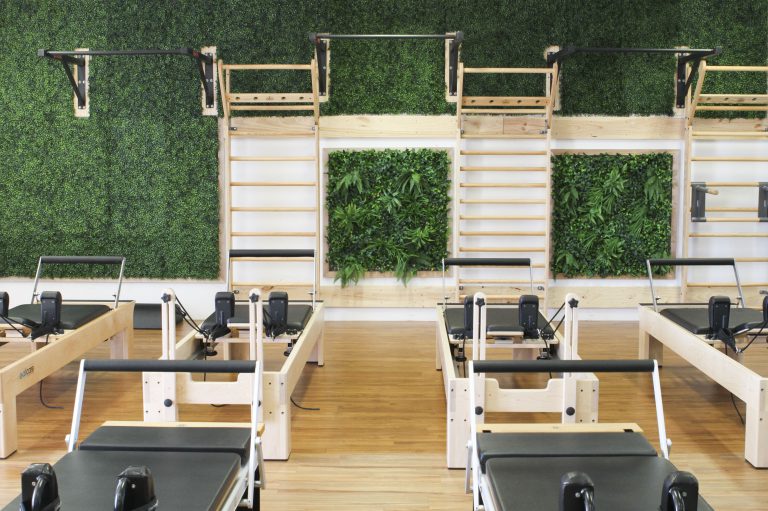Shoulder pain is a common occurrence in adults with as many as 30% experiencing some kind of musculoskeletal shoulder pain every year. The shoulder joint has the largest range of motion in multiple directions compared to other joints in the human body, therefore the potential for dysfunction is high. One of the major causes for shoulder pain, affecting up to 48% of patients, is subacromial impingement syndrome (SIS) which occurs when the tendons, bursa or ligaments in the shoulder are impinged in the subacromial space between the acromion, head of humerus, coracoid process or AC joint. Studies have found that there are many contributing reasons as to why SIS develops.
Some of the possible causes for SIS are:
- Impairments in shoulder blade mechanics
- Changes in the rotator cuff muscles and muscle activation around the shoulder complex
- Poor posture
- Tightness of the shoulder either at the front or behind.
Symptoms
Most patients with SIS will complain of some or all of these symptoms:
- A painful arc when the shoulder moves from shoulder height to above the head
- Shoulder pain that can extend from the top of the shoulder to the elbow
- Pain when lying on the sore shoulder
- Shoulder pain at rest
- Muscle weakness or pain when reaching or lifting
- Pain when putting your hand behind your back or head
Strengthening for treatment and management
Studies in this area have found that strengthening of the shoulder muscles is the most effective treatment for SIS and the pain associated with it. In some instances manual therapy or hands on treatment may also be of benefit; however in most cases strengthening exercises with a focus on control of the shoulder joint have been found to be most effective in the short term and long term.
One systematic review has found that supervised progressive shoulder exercises alone or in combination with a home based shoulder programme is effective for short term management of SIS. It was also found that a supervised exercise programme in conjunction with a home based exercise programme for the shoulder had similar outcomes as surgery over the long term for patients with persistent SIS. The review suggests that a supervised strength and stretching programme for the shoulder provided similar short term benefits as a single corticosteroid injection. Strengthening exercises of the shoulder involve the rotator cuff and muscles of the shoulder blade.
If you are experiencing shoulder pain, your physiotherapist will conduct a thorough assessment of the shoulder in order to find the likely cause of your shoulder impingement. The physiotherapist will then provide you with an individualised exercise programme to help manage and treat your symptoms.
Nicola Carter
Physiotherapist
References
- Abdulla S et al. Is exercise effective for the management of subacromial impingement syndrome and other soft tissue injuries of the shoulder? A systematic review by the Ontario Protocol for Traffic Injury Management (OPTIMa) Collaboration. Journal of Manual Therapy. 2015. 20 (646-656).
- Hee Bae Y et al. Effect of Motor Control and strengthening exercises on pain, function, strength and the range of motion of patients with shoulder impingement syndrome. Journal of Physical Therapy Sciences. 2011. 23 (4).
- Camargo P et al. Effects of stretching and strengthening exercises, with and without manual therapy, on scapular kinematics, function, and pain in individuals with shoulder impingement: A Randomized Controlled Trial. Journal of Orthopaedic & sports Physical therapy. 2015. 45 (12).


